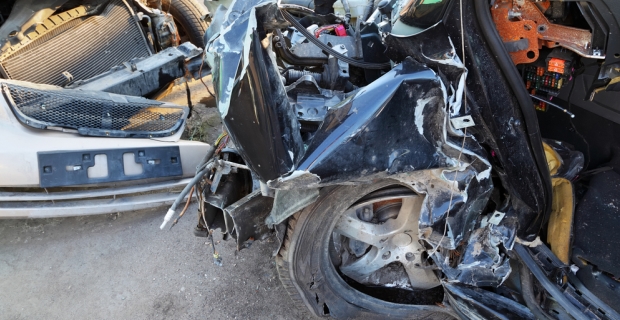
U.S. Highway Deaths Increased in 2012
This was the first annual increase since 2005 and was driven largely by motorcyclist and pedestrian fatalities, NHTSA reported Nov. 14.
The National Highway Traffic Safety Administration confirmed Nov. 14 that U.S. highway deaths rose by 4 percent in 2012 from the previous year, as the agency released the 2012 Fatality Analysis Reporting System (FARS) data. The increase to 33,561 deaths in 2012 -- 1,082 more fatalities than in 2011 -- and most of them involved motorcyclists and pedestrians. Deaths for both of those categories increased for the third consecutive year in 2012.
"While the newly released data announced today marks the first increase since 2005, highway deaths over the past five years continue to remain at historic lows. Fatalities in 2011 were at the lowest level since 1949 and even with this slight increase in 2012, we are still at our lowest since 1950. Early estimates on crash fatalities for the first half of 2013 indicate a decrease in deaths compared to the same timeframe in 2012," according to NHTSA's news release.
"Highway deaths claim more than 30,000 lives each year and while we've made substantial progress over the past 50 years, it's clear that we have much more work to do," said U.S. Transportation Secretary Anthony Foxx. "As we look to the future, we must focus our efforts to tackle persistent and emerging issues that threaten the safety of motorists, cyclists, and pedestrians across the nation."
Key 2012 statistics include:
- Fatalities among pedestrians increased 6.4 percent from 2011. The data showed the large majority of pedestrian deaths occurred in urban areas, at non-intersections, at night, and many involved alcohol.
- Motorcyclist fatalities increased 7.1 percent year over year. NHTSA reported 10 times as many riders died not wearing a helmet in states without a universal helmet law than in states with those laws.
- Large-truck occupant fatalities also rose for the third consecutive year, by 8.9 percent from 2011.
- Deaths in crashes involving drunk drivers rose 4.6 percent to 10,322 in 2012, and most of those crashes involved drivers with a blood alcohol concentration of .15 or higher.
"Nighttime seat belt use continues to be a challenge. In nighttime crashes in 2012, almost two-thirds of the people that died were unrestrained," according to NHTSA's release.
Only 13 states and Washington, D.C., saw their overall traffic fatalities decline year over year, while 18 states and Washington, D.C., saw their drunk driving deaths decline.